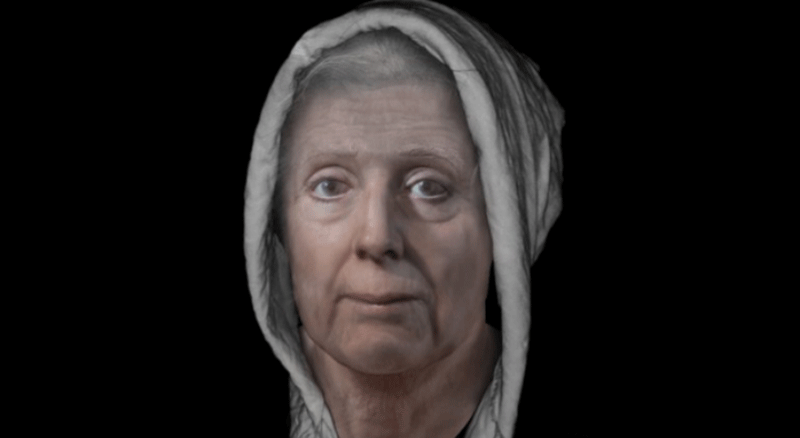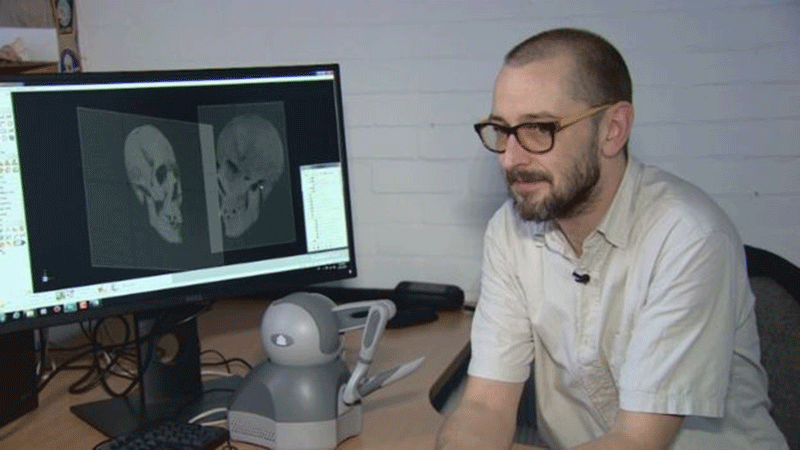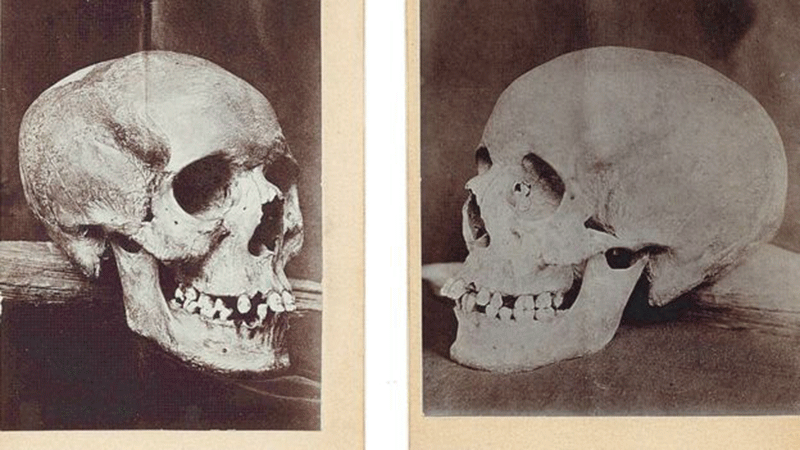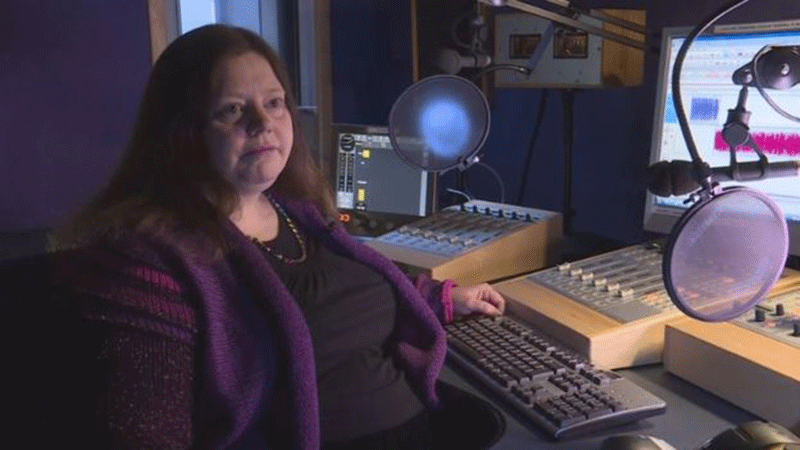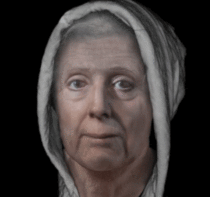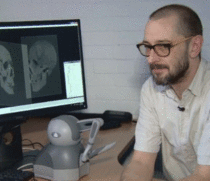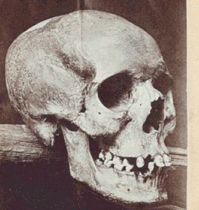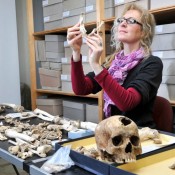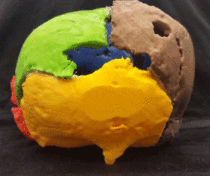Forensic scientists have reconstructed the face of a woman persecuted for witchcraft over 300 years ago. The woman, Lilias Adie from Torryburn, died in 1704 and was buried under a large stone on the Fife coast, probably to prevent her from rising from the grave. Her remains were exhumed in the 19th century and her skull was taken to St Andrew University Museum. That is where it was photographed before going missing during the 20th century. The images of the skull are held by the National Library of Scotland.
Louise Yeoman, a historian with Scotland’s Time Travels programme of BBC Radio and forensic artist Dr Christopher Rynn from the Centre for Anatomy and Human Identification at Dundee University decided to try and recreate the woman’s face using only the photographs of her skull. With the use of 3D virtual sculpture and forensic facial reconstruction methods they managed to produce a picture of how the woman would have looked like.
What is striking is that since the artist had no reason to represent the woman with a mean or unpleasant expression, the image produced shows what we describe as a kind face. That was after all part of the effort, to show that she was just a normal person who was tortured and died in prison.
Lilias Adie was tortured in prison, where she was held after having confessed crimes of being a witch and having sex with the devil, probably to provide the names of other witches. She did not give any names of the women at the witches’ gatherings except from the ones already known to the authorities. She died in prison, perhaps even took her own life. The fact that she died in prison before she could be burnt explains how the skull was saved. Usually, women accused and convicted of witchcraft were burnt to ashes, so no remains are saved.
Records of her accusers paint a picture of a woman, possibly in her 60s, who may have been frail for some time, with failing eyesight. They also suggest a woman who showed courage in holding off her accusers and their demands for the names of others to interrogate and kill.
The project is a follow-up to a previous collaboration between the Radio Scotland History team and archaeologist Douglas Speirs, which identified the likely spot on the Fife coastline for Lilias Adie’s grave.
